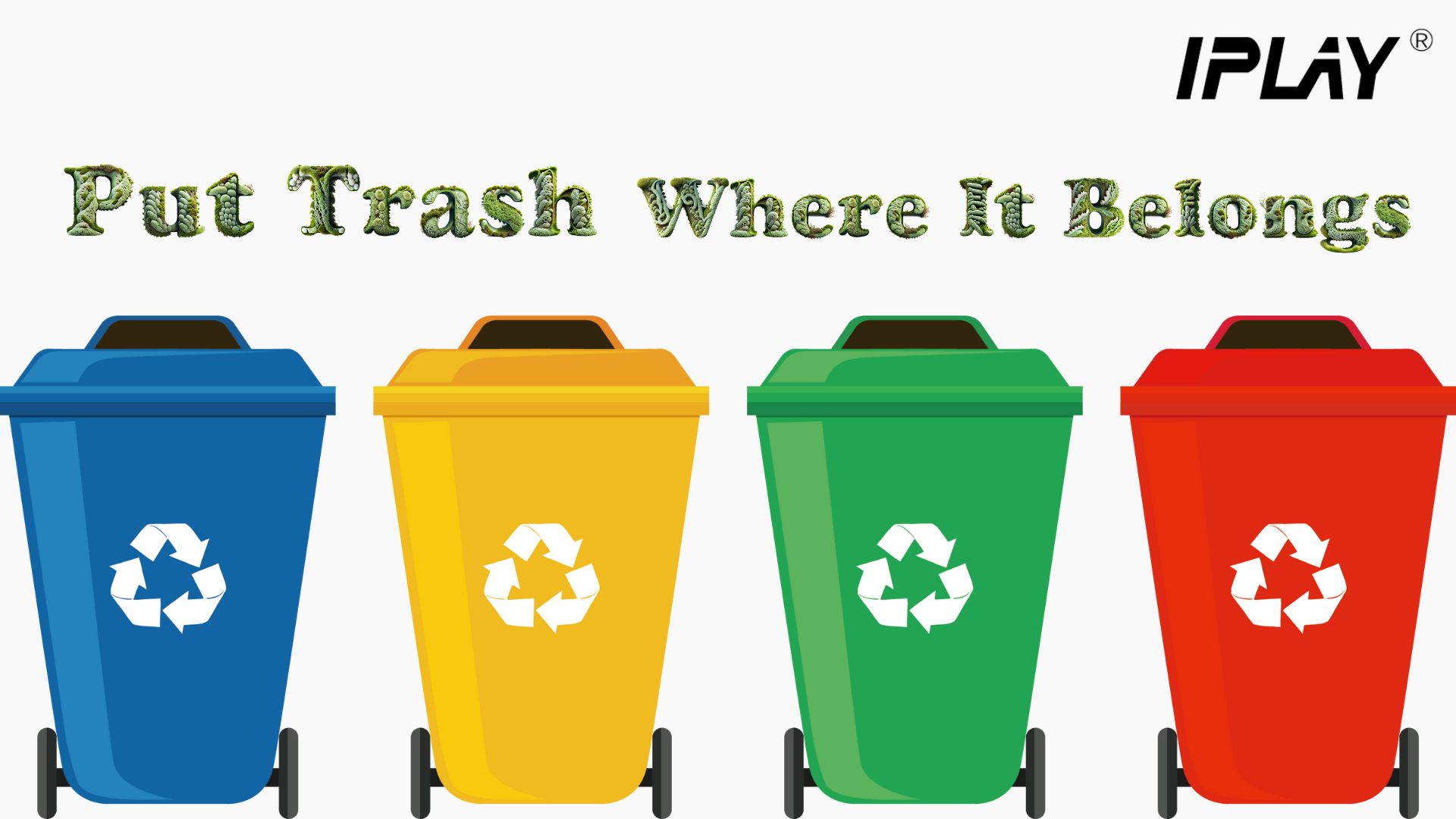With millions of smokers worldwide switching to vaping every year, this new lifestyle has already been a trending. However, with this rise in popularity comes a new set of environmental concerns. The vaping industry has come under scrutiny for its impact on the environment, and it’s important for vapers to understand the potential consequences of their habit. In this article, we’ll take a look at the impact of vaping on the environment and what can be done to promote sustainability and responsibility in the vaping community.

The Impact of Vaping on the Environment
One of the most significant environmental concerns associated with vaping is the waste generated by disposable vaping products. Disposable e-cigarettes and vape pens are designed to be thrown away after use, creating a significant amount of unnecessary waste. These devices often contain a non-recyclable plastic shell, as well as batteries and other components that can be harmful to the environment if not disposed of properly.
Another concern is the impact of vaping on air quality. While vaping is generally considered to be less harmful to the environment than smoking, it still produces emissions that can contribute to air pollution. Some studies have found that vaping can release harmful chemicals into the air, including formaldehyde and acetaldehyde. While the levels of these chemicals are generally lower than those found in cigarette smoke, they still have the potential to harm the environment and human health.

A Comparison: The Impact of Smoking on the Environment
Waste and air pollution are the two main environmental concerns for vaping. However, we may hold a different view if we take a look at the impact of smoking on the environment.
Smoking has a significant impact on the environment.The tobacco industry is responsible for deforestation, water pollution, and air pollution. Cigarette butts are the most littered item in the world, and they contain harmful chemicals that can pollute soil, water, and air. Smoking also contributes to climate change by emitting greenhouse gases.
Here are some of the specific environmental impacts of smoking:
Deforestation: Tobacco farming requires a lot of land, and it is often done in areas that are already under environmental stress. This can lead to deforestation, which can have a number of negative consequences, such as soil erosion, water pollution, and loss of biodiversity.
Water pollution: Tobacco production uses a lot of water, and it can contaminate water supplies with pesticides and fertilizers. This can make water unsafe to drink or use for irrigation, and it can also harm aquatic life.
Air pollution: Smoking releases harmful chemicals into the air, which can contribute to smog and other air pollution problems. Air pollution can cause a number of health problems, including respiratory infections, heart disease, and cancer.
Climate change: Smoking contributes to climate change by emitting greenhouse gases. Greenhouse gases trap heat in the atmosphere, which can cause the Earth’s temperature to rise. Climate change can have a number of negative consequences, such as more extreme weather events, rising sea levels, and loss of glaciers.
Quit smoking. This is the best thing you can do for your health and the environment. It takes both efforts & techniques to quit smoking, and many people choose to pick up vaping to start the journey.
Dispose of cigarette butts properly. Put them in an ashtray or a trash can, and never throw them on the ground.
Choose smoke-free products. There are a number of smoke-free products available, such as e-cigarettes and snus. These products are not without their own risks, but they can be a better option for the environment than traditional cigarettes.
By taking these steps, you can help to reduce the environmental impact of smoking.

Promoting Sustainability and Responsibility in the Vaping Community:
As the vaping industry continues to grow, it’s important for vapers to take responsibility for their impact on the environment. One way to do this is to switch to rechargeable devices instead of disposable ones. Rechargeable e-cigarettes and vape pens are more environmentally friendly, as they produce less waste and can be used multiple times. Additionally, users can recycle their e-liquid bottles and other components properly, preventing them from ending up in landfills.
IPLAY BOX is a good example hereby. The device is designed to be refillable as well as rechargeable. With a 1250mAh in-built battery, BOX vape pod can sustain a long vaping time – let alone the type-C charging port set on the bottom, enabling users can prolong its using easily. 25ml e-liquid with 3mg nicotine offer vapers an ultimate vaping moment, and the device can produce up to 12000 puffs of pleasure.
Another way to promote sustainability is to support companies that prioritize eco-friendly practices. Some vaping companies have taken steps to reduce their environmental impact, such as using biodegradable materials for their packaging or implementing recycling programs. By supporting these companies, vapers can help promote sustainability in the industry.
Conclusion:
While vaping is generally considered to be a more environmentally friendly alternative to smoking, it still has the potential to harm the environment. By taking responsibility for their impact and promoting sustainability and eco-friendly practices, vapers can help reduce the environmental impact of vaping. By doing so, they can enjoy the benefits of vaping while also protecting the environment for future generations.
Post time: Apr-30-2023

